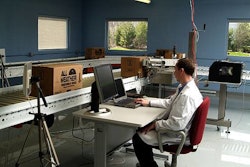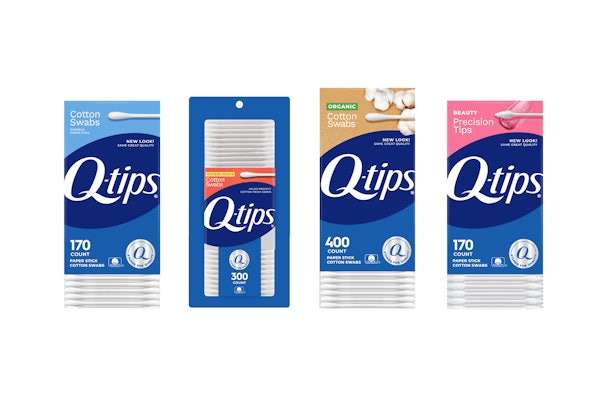
Doyle is CEO of The Consumer Network and her Philadelphia company’s new, 137-page report, based on surveys of 475 shoppers across the United States, finds that many packages still have a long way to go in becoming “user friendly.”
Shoppers rated packaging friendliness or unfriendliness—those that are easy to use and understand—in 78 product categories, 15 package and closure types, 30 widely used takeout foods and beverages, frequently encountered problems, and special packaging usage problems associated with aging.
Consumers who participated said the most user-friendly packaging is in liquid soap and ready-to-eat (pre-cut) fruit. It is noteworthy that these are two relatively new product categories in consumer packaged goods.
Here are two other key findings:
* Consumers found packaging generally unfriendly in small electronics, athletic supplies, carded capsules, cosmetics, and health-testing kits.
* They rated top-slide zippers as the most desirable closures. They also like the ease of use of plastic jars. They described blisters and clamshells as user-unfriendly packaging.
Doyle says consumers in all age groups regularly experience packaging they consider unfriendly. Consumers most often cite opening and re-closing challenges, but they also believe that many packages are too big for their contents (hint: previous research studies have indicated that storage-friendly is becoming a major purchase driver).
Many consumers who participated in the survey believe that marketers use oversize packages primarily as a deception tool in order to persuade consumers they are getting more product than what is actually inside the package.
“Having a package perceived as a bigger than it has to be has become a sales turnoff for consumers as storage space has gotten tighter and oversized packages have come to mean messy and often broken contents,” Doyle says.
The survey participants pointed out the following additional annoyances with packaging:
1. Getting tablets, capsules, and pills out of a package is a frequent problem for the very users who are most in need of quick and easy access to the product. Older consumers curse the cotton that tops off many bottles of pharmaceuticals and groan in frustration with carded capsules that require pushing through foil and a level of strength and finger dexterity they frequently lack. Doyle says the surging growth in “senior” population will demand that marketers pay closer attention to package designs that give aging consumers quicker and easier access to their products.
2. Consumers are frustrated often by packaging and labels that are hard to read or understand. Among consumers 50 and younger, 34% rated this problem as “frequent.” This difficulty increases to 45% of surveyed consumers 50 and older.
3. Environmentally unfriendly packages disturbed 40% of the respondents younger than 65. This suggests that the convenience vs. environment pendulum may soon start to swing toward making environmentally friendly packaging a higher priority for U.S. consumers.
4. Finding contents spoiled after opening a package was rated as a frequently occurring problem by nearly 60% of the under-50 respondents and by more than 60% of households with kids. Packaged salads and cottage cheese frequently spoiled, so they couldn’t be consumed entirely within the time period that consumers expected them to remain wholesome. Other products lost some appeal, rather than their absolute usability. Cookies, cereals, and chips lost their crispness, raisins hardened, soft drinks went flat, and coffee lost its aroma.
5. Younger respondents, more than the older ones, said they encounter storage difficulties frequently. Common causes of storage difficulty include package height and shelf footprint, and the need for refrigeration and access.
6. More than 30% of the respondents said they were frequently mislead by packaging graphics. To get the quality that package graphics suggest, some consumers believe they need to purchase organic foods, artisan breads, range-fed beef, and the kinds of products more often sold outside of traditional supermarkets.
7. Spilling on first pour is a frequent occurrence. Larger bottles are spilled on the first pour more often than smaller ones. Kids are the most frequent spillers, with younger kids spilling most from larger bottles. Contents in bottles with handles are spilled less. Handles are more effective than indentation-grips in providing the balanced grip that gets users past the first-pour problem.
Mona Doyle has more than 20 years' experience in monitoring consumers’ packaging perceptions and advising consumer product companies on the impact of changing consumer perceptions. You can order a copy of her report by calling 215/235-2400.






















